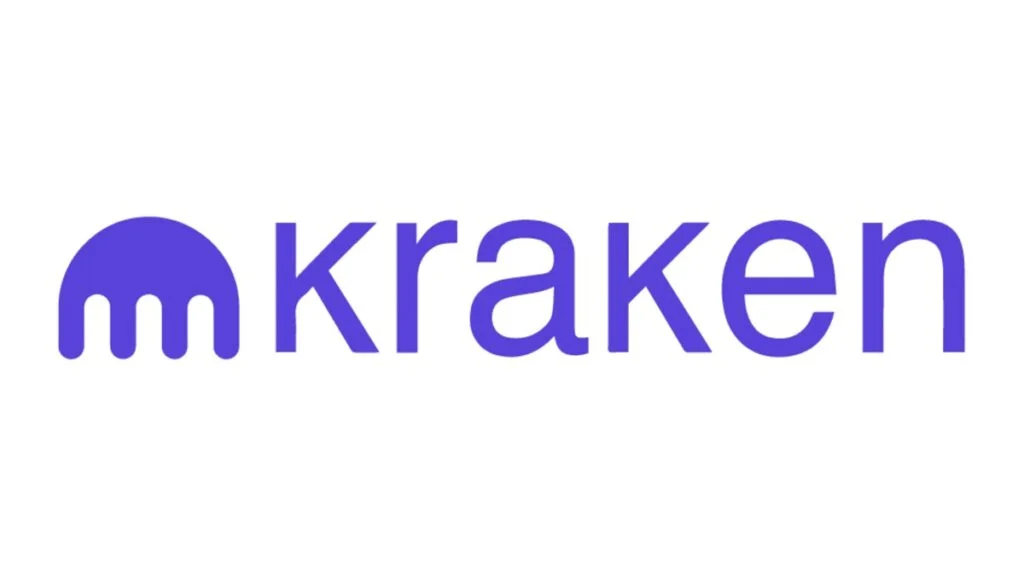Kraken announced on August 18 that it had added support for PayPal’s stablecoin, also known as PayPal USD or PYUSD.

PayPal’s stablecoin, PayPal (PYUSD), will start trading on the cryptocurrency exchange Kraken on August 21, further establishing the stablecoin’s expanding market share.
With the restriction that all transactions must be limited to the Ethereum blockchain and valued at least $5, the support includes deposits and withdrawals.
Since PayPal launched the stablecoin on August 7, several other exchanges have also decided to integrate PYUSD to their systems. Kraken Avis is the latest to do so.
The digital asset’s quick market adoption is facilitated by its full backing and linkage to the dollar. PYUSD is a part of the offers from ByBit, Changelly, and Huobi, and on-chain data reveals active trading with PYUSD worth $26.9 million already issued.
PayPal’s Hardware Wallet Ledger integration Additionally, PayPal and hardware maker Ledger have teamed up to offer consumers a safe platform to access cryptocurrency.
Through the Ledger Live companion app, American customers are now able to buy digital currencies, including Bitcoin, Ethereum, Bitcoin Cash, and Litecoin, using their connected PayPal accounts.
The purchasing process is made easier by the automatic transfer of the obtained assets to the user’s Ledger hardware wallet. However, this collaboration does not grant Ledger users access to PYUSD, limiting the stablecoin’s use to exchanges for the time being.
Regulation of Stablecoins
Stablecoin regulation worries still exist despite PYUSD’s expanding adoption. U.S. Congresswoman Maxine Waters has emphasized the need to thoroughly regulate stablecoins, such as PayPal’s PYUSD, to protect users and guarantee monetary stability.
Waters’ worries are not without merit, given that PayPal has a larger global user base than several central banks. The launch of PayPal’s stablecoin PYUSD, as evidenced by its inclusion on important exchanges like Kraken and rising user adoption, has substantially impacted the digital asset market. However, as the legal framework changes to accommodate these new financial technologies, the wider effects of this trend remain to be observed.
